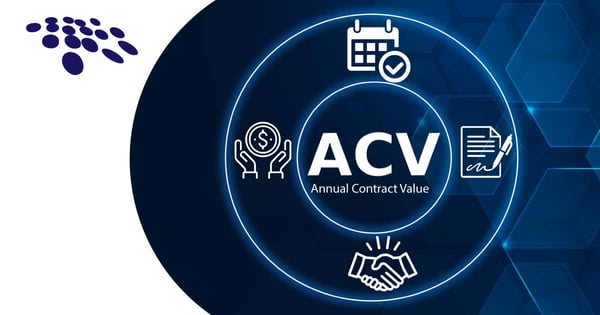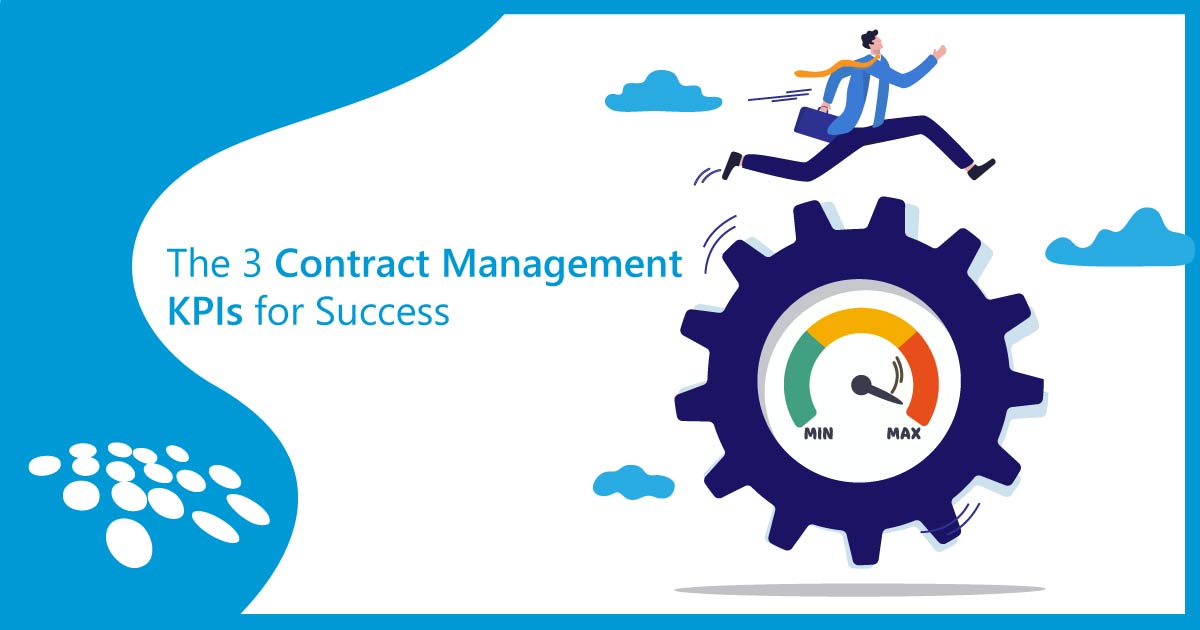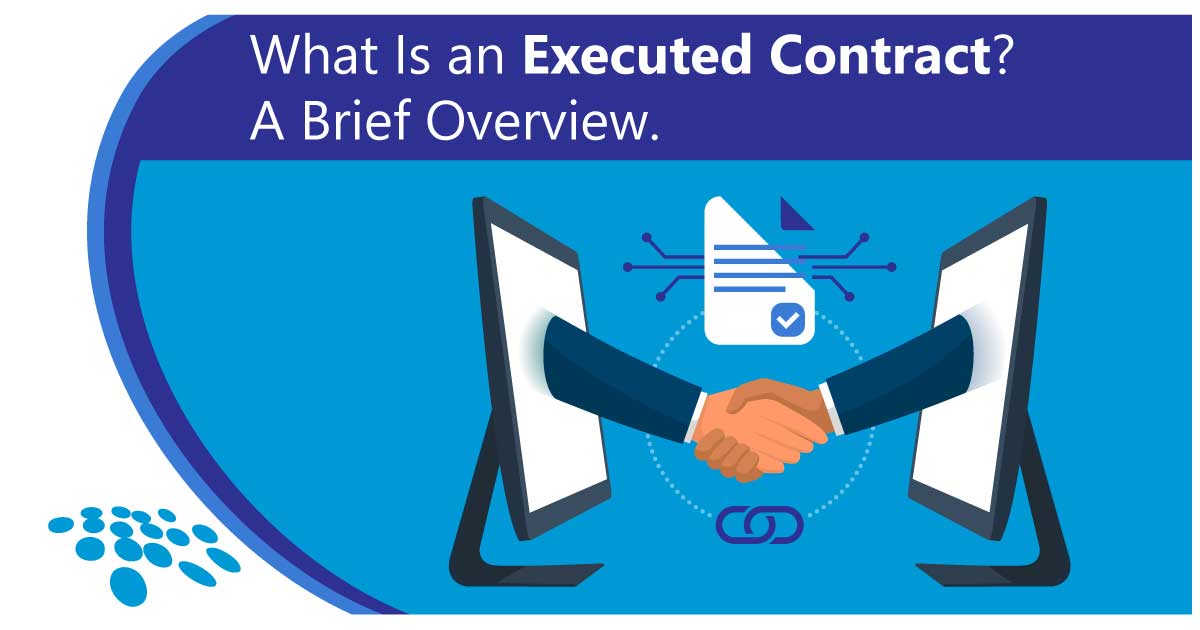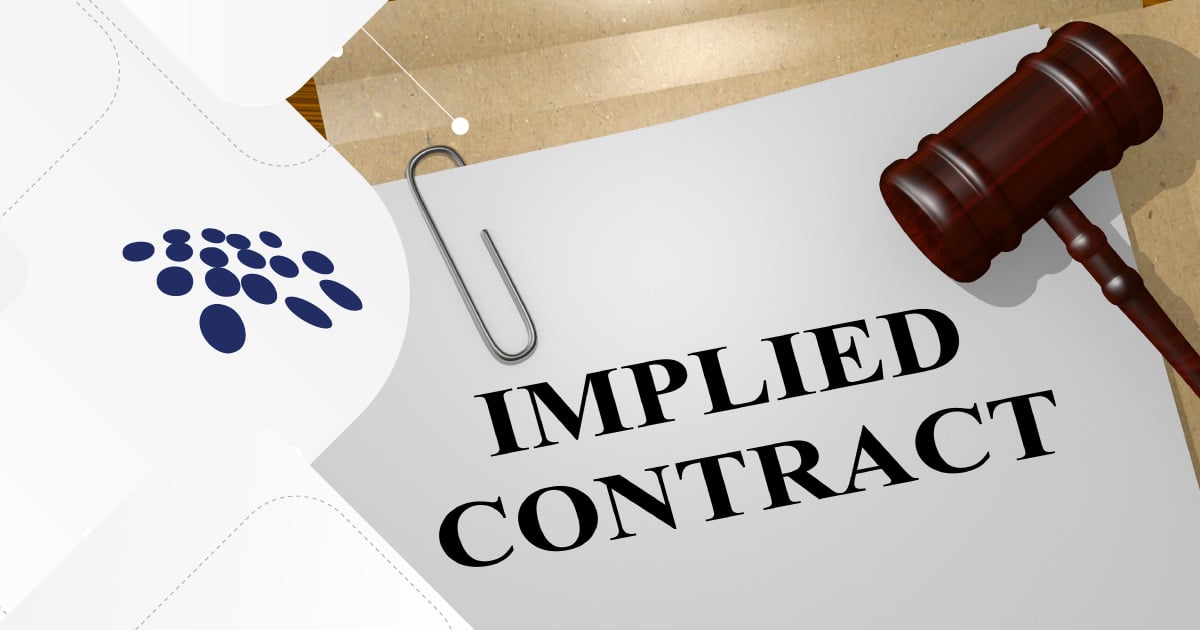
In virtually any business context, understanding the financial metrics that drive operational success and revenue is crucial. One such metric that plays a pivotal role in measuring the financial health of an organization is ACV (annual contract value). In this blog post, let's explore the concept of annual contract value, its importance, and how to calculate it.
What Is Annual Contract Value?
ACV (Annual Contract Value) is a contract performance metric used to measure the average annual revenue generated from an organization's contracts. It serves as a succinct representation of the total value of a contract over a 12-month period - excluding any one-time fees or additional services.
But why does it matter?
Annual contract value should be calculated by any organization that takes part in contracts. Period.
ACV helps businesses understand the recurring revenue they can expect from their contracts on an annual basis. It also helps them make strategic decisions regarding whether non-performing contracts should be modified, terminated, or (not) renewed.
What Is Annual Contract Value's Importance?
ACV is important for several reasons.
- Revenue Predictions: ACV can provide insights into the projected revenue an organization will generate from its existing vendors, suppliers, and other counterparties. By properly analyzing ACV, businesses can forecast their potential revenue and make informed decisions about growth strategies, resource allocation, and which contracts to take part in.
- Customer Lifetime Value (CLV): Annual contract value is a helpful piece of the puzzle in calculating customer lifetime value (CLV). CLV helps organizations determine the long-term value of a vendor, supplier, customer, or other business associate. From there, the organization can make decisions regarding acquisition costs and retention strategies.
- Sales Performance Evaluation: ACV supports the evaluation of the performances of sales teams by providing the average value of contracts executed within a specified period. This metric enables organizations to identify high- and low-performing sales reps - along with areas for improvement.
- Attracting Investors & Partners: Annual contract value is a key performance indicator that investors and business partners consider when evaluating an organization's health and potential for growth. A sufficiently high ACV signals a strong base of clients and fruitful business relationships - attracting potential investors and partners with ostensibly safe and predictable revenue streams.
How to Calculate Annual Contract Value (ACV)
In order to calculate ACV, use this straightforward formula:
```
ACV = (Total Contract Value (TCV) - One-Time Fees) / Contract Term Length (in Years)
```
Still a bit confused? No worries - let's further break down the steps for calculating ACV.
1. Identify Total Contract Value: Determine the total value of a given contract over its entire terms. This metric would include any additional services or charges.
2. Exclude One-Time Fees: Subtract any one-time fees or service charges that are not part of the recurring revenue stream. These fees may include implementation fees, setup fees, or customization costs.
3. Determine the Contract Term: Specify the duration of the contract. Typically, this term consists of 12 months, but it can vary depending on the terms and conditions of the contract.
4. Apply the Formula: From the total contract value, subtract the one-time fees; then, divide the result by the contract term to calculate the annual contract value.
Let's further explore this concept with an example:
Let's suppose a company has a customer contract worth $100,000 over a 12-month term. The contract also includes a one-time setup fee of $10,000. To calculate the annual contract value, we subtract that setup fee from the total value of the contract and divide the result by 12.
```
ACV = ($100,000 - $10,000) / 12 = $7,500
```
As such, the Annual Contract Value (ACV) in this case is $7,500.
Several variables can influence the annual contract value.
1. Pricing Structure
The structure of a company's products and/or services can have a significant impact on ACV. Different pricing packages or tiers can result in different ACVs for different clients. It is important to analyze pricing structures and business models and their impact on the overall ACV to optimize total revenue generation.
2. Contract Length
The length of a contract term plays an important role in determining the annual contract value. Lengthier contract terms generally result in higher ACV, as the total value is spread over a more extensive duration. Organizations sometimes offer incentives for customers based on signing a longer term.
3. Upselling & Cross-Selling
Upselling and cross-selling additional services or products to existing clients can significantly impact the ACV. In offering upgraded or add-on offerings, companies can increase the value of a contract and - subsequently - the annual contract value.
4. Customer Retention
Counterparty and client retention is pivotal for maintaining healthy ACV. Retaining existing customers or business relationships with a low churn rate justifies customer acquisition cost (CAC) and increases revenue streams. By focusing on the satisfaction of counterparties and clients, providing excellent support and communication, and continuously adding value, organizations can improve annual contract value and annual recurring revenue (ARR).
More Examples of Annual Contract Value (ACV)
Let's explore a few more examples to really hammer home how ACV works in different scenarios:
Example 1:
Heck Inc. is among a pool of specialized SaaS companies and offers a software subscription service with three pricing tiers: Beginner, Standard, and Holistic. The ACV for each tier is as follows:
- Beginner: $1,000/year
- Standard: $2,500/year
- Holistic: $5,000/year
Suppose Heck Inc. has 100 customers, with 60 on the Beginner tier, 30 on the Standard tier, and 10 on the Holistic tier. The ACV for Heck Inc. would be calculated as follows:
```
ACV = (60 x $1,000 + 30 x $2,500 + 10 x $5,000) / 100 = $1,850
```
Therefore, the Annual Contract Value (ACV) for Heck Inc. is $1,850.
Example 2:
Toph & Socks Company offers a subscription-based service with a contract term of two years. The total contract value for a given contract is $10,000, with no additional one-time fees. Multi-year contracts apply the same rules. As such. the ACV for this particular contract would be as follows.
```
ACV = $10,000 / 24 = $416.67
```
Therefore, the Annual Contract Value (ACV) for this contract is approximately $416.67.
Example 3:
Fieldstone Inc. offers a subscription-based SaaS business model with a contract term of 12 months. The total contract value for one contract is $50,000, with a one-time setup fee of $5,000. The ACV for Fieldstone Inc. would be calculated as follows:
```
ACV = ($50,000 - $5,000) / 12 = $3,750
```
Therefore, the Annual Contract Value (ACV) for this contract is $3,750.
Key Takeaways
Annual Contract Value (ACV) is a crucial metric that helps businesses understand the recurring revenue they can expect from individual contracts and their entire pool of contracts on a yearly basis. It helps with revenue predictions, sales performance evaluation, and attracting potential investors and partners. By keeping in mind how to calculate the ACV accurately, organizations can make strategic decisions about resource allocation, growth opportunities, and counterparty retention. So, make sure to leverage the power of ACV to drive your business forward!
To get started on an easier way to manage contracts and retain the highest annual contract value, book a free demo of CobbleStone Contract Insight today!
*Legal Disclaimer: This article is not legal advice. The content of this article is for general informational and educational purposes only. The information on this website may not present the most up-to-date legal information. Readers should contact their attorneys for legal advice regarding any particular legal matter.































